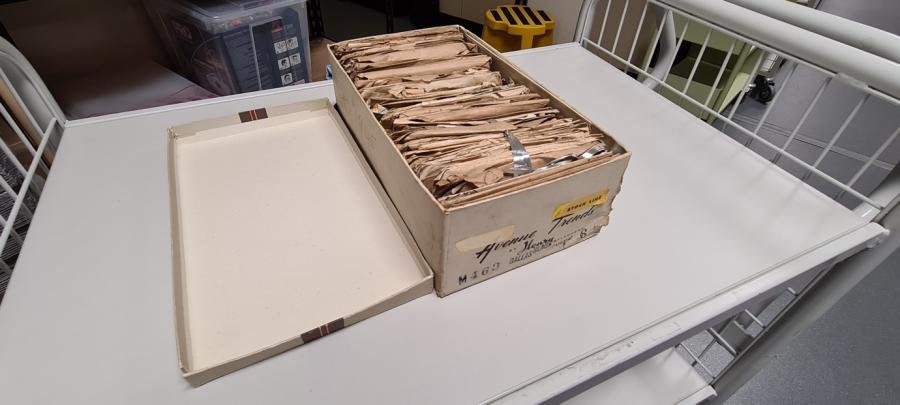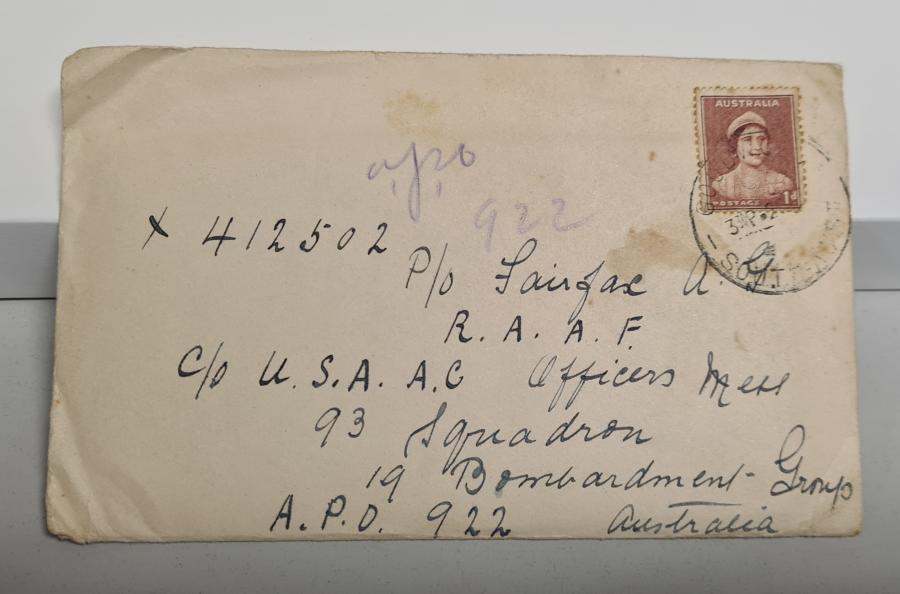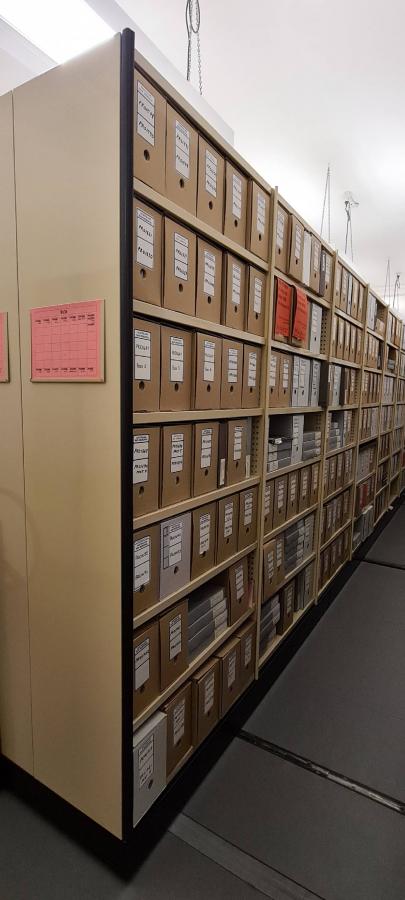So You’ve Donated to the Private Records Collection…What Happens Now?
The Australian War Memorial is fortunate to receive hundreds of offers for donations each year. The offers vary from medals to uniforms, artwork and photographs, medical kits and ration packs, to even the occasional aircraft.
It is the paper-based objects we in the Research Centre love most of all, though. The letters, diaries, postcards, posters, logbooks, memoirs, scrapbooks, theses, digital documents and emails (yes, we collect those too!) that document the rich and diverse experiences of Australian military service.
But what happens to your collection of papers and documents once it is donated?
We are so glad you asked! After the deed of gift has been signed, the collection is dispersed to the responsible curatorial team in the Research Centre, whether that be Private Records, Official Records, or Published Collections. The curatorial teams manage and care for collections in similar but slightly different ways, so in this scenario we will focus on a Private Records collection.
New collections are often dispersed in much the same state as when they arrived at the Memorial. We could receive documents in plastic sleeves or organised in binders, letters fastened by sewing pins or rusting paper clips, and even collections in old packing boxes or the occasional storage chest. We also see some weird and wonderful storage solutions, such as letters bundled in twine.

Organised in old shoeboxes.

Or, and this is a recent favourite, lovingly arranged and tied with bows of multi-coloured wool.

As the long-term care and preservation of the collection is important to us, it is rehoused in more suitable storage. Material is removed from the sleeves, binders and boxes, pins and fasteners are replaced with archival quality clips, and twine is untied. Letters and other items in envelopes are removed and stored flat to reduce further deterioration along the paper folds. That is, unless the letter comes to us sealed.
Sometimes donations include letters returned to the sender unopened after the intended recipient was killed or went missing in action. These envelopes remain unopened, to maintain the integrity of the object as a relic of its time.

This letter to Pilot Officer Allan Fairfax, in PR03263, was returned to his family unopened after he went missing on operations over New Guinea in November 1942.
Delicate papers are then placed in mylar – a clear sleeve made from polyethylene terephthalate – to protect the item and keep it free from skin oils, abrasion, and overzealous researchers.
How material is housed and arranged will depend on the collection. Letters, postcards and documents are usually organised by date – as much as possible, at least! Written records are not always dated, so sometimes we have to brush off our sleuthing skills and rely on contextual clues to determine the likely order in which something belongs. Once we have that order, the collection is housed in archival wallets, labelled, and stored in an acid-free cardboard box.

Private Records collections rehoused and ready for the reading room
Logbooks, scrapbooks and certificates are sometimes too large to fit in a wallet. These are sent to the Paper Lab, where a conservator will make a custom box to house the item.
Paper conservators do their best to address any concerns we may have about a collection. Whether we suspect mould, discover loose pages in a diary, notice a deteriorating spine on a logbook, or find a hedgehog quill attached to a letter (true story!), conservators treat, clean, mend and stabilise the collection as much as practical.
The collection is now ready for cataloguing in our Collection Management System (CMS). This is a software program that helps us record, describe and locate collection material. The collection will have received an accession number, a unique sequence used to identify the collection, when it was donated. To this we add a title, the type of item(s) in the collection, and when, where and by whom it was created. We also add the size of the collection in wallets and width and, most importantly, a description of its contents.
Once this is done, the CMS generates an online catalogue record for the collection. These are the entry records you can find on our website, like this one for AWM2016.746.10:

The collection can now be requested for access in the reading room. Most of our clients are family members, researchers or students, who come to reconnect with their forebears or gain a greater insight into the Australian military experience. Private Records collections are invaluable resources that have been used in hundreds of publications, from official history volumes, academic articles, and works of fiction, to theses and news reports.
When not in the reading room, collections live in the Private Records stack. Sporting compactus shelving and boxes galore, the stack is a climate-controlled archival oasis. The area is maintained at 21 degrees Celsius with a relative humidity of 50% (± 5%) – the perfect conditions for paper-based collections.
But this is not the end for our Private Records collection. You may have noticed that an increasing number of collections have been digitised and are available to view on our website, thanks to the work of our colleagues in Digitised Collections. The team work hard to identify collections that are particularly unique, fragile, or relate to a significant event. They will research copyright and secure any relevant permissions before scanning the collection (at a minimum of 400 ppi and 8-bit colour, for those of you interested!). The scans are checked, catalogued, and released to the Australian War Memorial’s website, where they can be viewed from anywhere in the world with a device and an internet connection.
Private Records collections may also be found on display in the Australian War Memorial’s galleries or appear in travelling exhibitions.
The Australian War Memorial is actively collecting for its Private Records collection. We are particularly interested in material related to recent conflicts, peacekeeping and humanitarian operations. If you are interested in donating material, please read the information on donating items and contact our Acquisitions team via our website.
